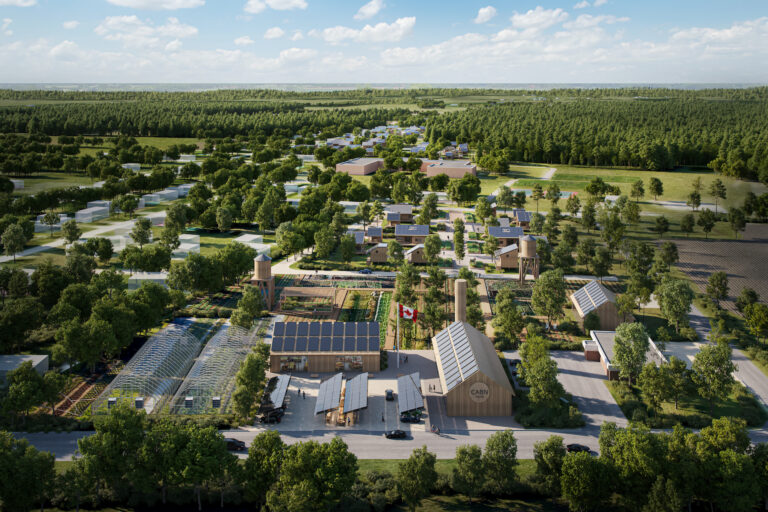Thursday, July 3, 2025
Low carbon intensity hydrogen is only just beginning to develop in Canada — and likely won’t expand further without additional government support. In a recently released report, the Senate Committee on Energy, the Environment and Natural Resources makes 14 recommendations for the federal government to consider as it designs policies to support the goal of net-zero emissions by 2050.
A new Senate report says that the Government of Canada should continue its investments in the growth of the industry for hydrogen with low carbon intensity (CI), such as promoting the implementation of regional hubs for hydrogen, to support the goal of net-zero emissions by 2050. It should nevertheless invest strategically, in partnership with provinces and territories, the private sector as well as Indigenous peoples, and not take on too much risk with public funds.
In addition, given the uncertainty that remains around hydrogen’s ultimate role in global energy systems, the Senate Committee on Energy, the Environment and Natural Resources calls on the federal government to regularly review its hydrogen strategy — and, if necessary, reevaluate its investment in the sector if it is no longer a cost-competitive or environmentally responsible path to net-zero emissions.
These findings arise from the committee’s study of the role that hydrogen can play in Canada’s energy transition. The committee’s report, Hydrogen: A Viable Option for a Net-Zero Canada in 2050?, outlines its conclusions and provides 14 recommendations for the federal government to consider as it designs policies to support its net-zero emissions goal.
“Replacing fossil fuels with low-carbon intensity hydrogen would be something fundamentally new for Canada,” said Senator Rosa Galvez, chair of the Senate Committee on Energy, the Environment and Natural Resources. “However, hydrogen energy won’t be a silver bullet solution for the energy transition; the federal government must take a systems perspective to understand its role in achieving net-zero emissions by 2050.”
Low-CI hydrogen has been identified as a possible replacement for fossil fuels. However, the hydrogen that Canada produces and consumes today is costly and more than twice as carbon intensive as methane. The Canadian industry for low-CI hydrogen is only just beginning to develop — and likely won’t expand further without additional government support.
The committee launched its study on hydrogen energy for Canada in March 2022 and heard from 33 witnesses over nine meetings.
“The implementation of the federal hydrogen strategy relies, for the most part, on public funds,” said Senator Josée Verner, P.C., Deputy Chair of the committee.
“The Government of Canada should therefore engage the public, present credible and transparent information about its investments to achieve net-zero emissions and, finally, avoid a one-size-fits-all approach in developing different types of hydrogen to take into account regional characteristics.”
Canada currently produces approximately three million tonnes of hydrogen annually and is one of the top 10 hydrogen producers in the world.
Featured image credit: Getty Images.











